
cd_nom
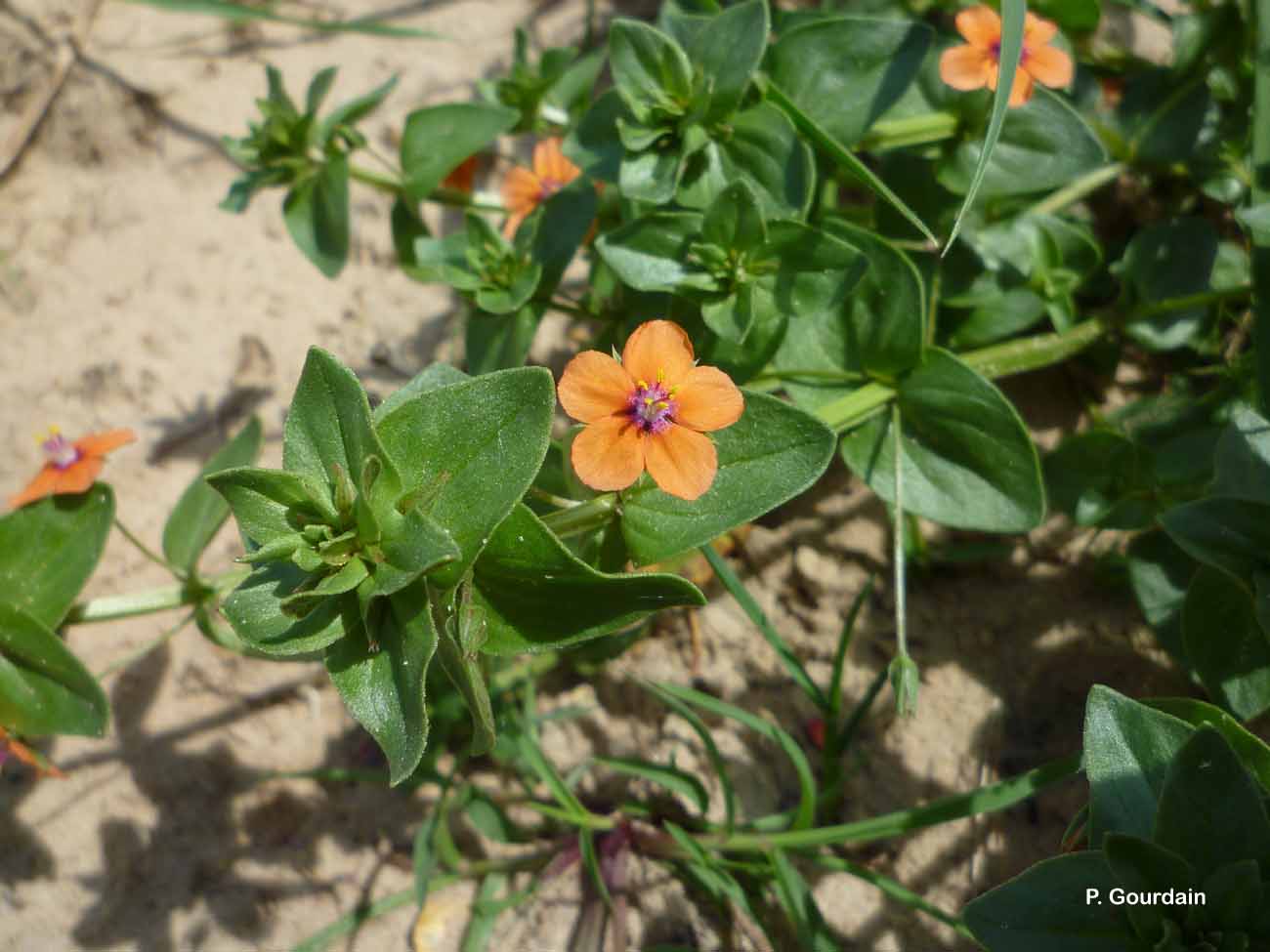
| Author : P. Gourdain |
 |
To get the picture, please visit:
Philippe GOURDAIN
Muséum national d'Histoire naturelle - Service du Patrimoine Naturel
36 rue Geoffroy Saint-Hilaire
CP 41
75 231 PARIS CEDEX 05
e-mail : inpn@mnhn.fr
Legend: Villeneuve-sur-Verberie
Despite the Creative Commons license, please inform the author of the use which will be made of his photo
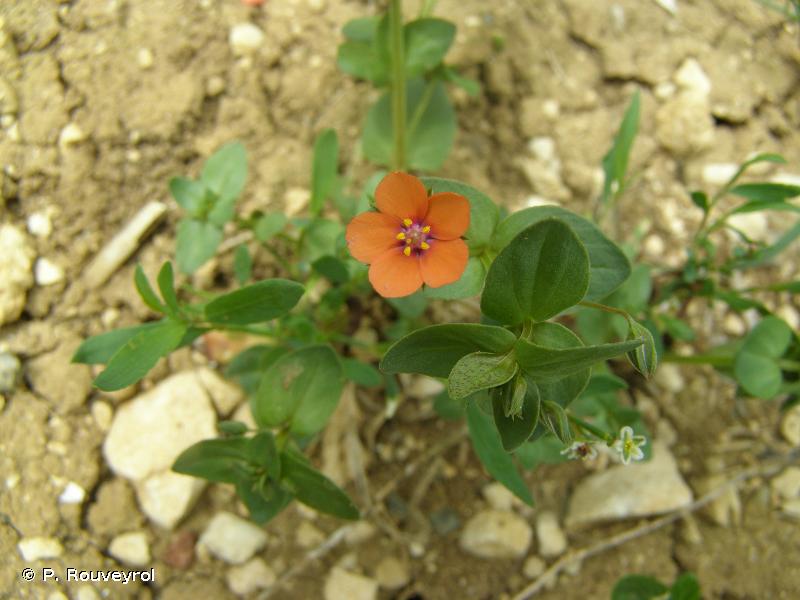
| Author : P. Rouveyrol |
 |
To get the picture, please visit:
Paul Rouveyrol
Chef de projets Espaces naturels
Muséum national d'Histoire naturelle
Service du Patrimoine Naturel
CP41, 36 rue Geoffroy Saint-Hilaire 75005 Paris
Tél : 33(0)1 40 79 57 92
Despite the Creative Commons license, please inform the author of the use which will be made of his photo
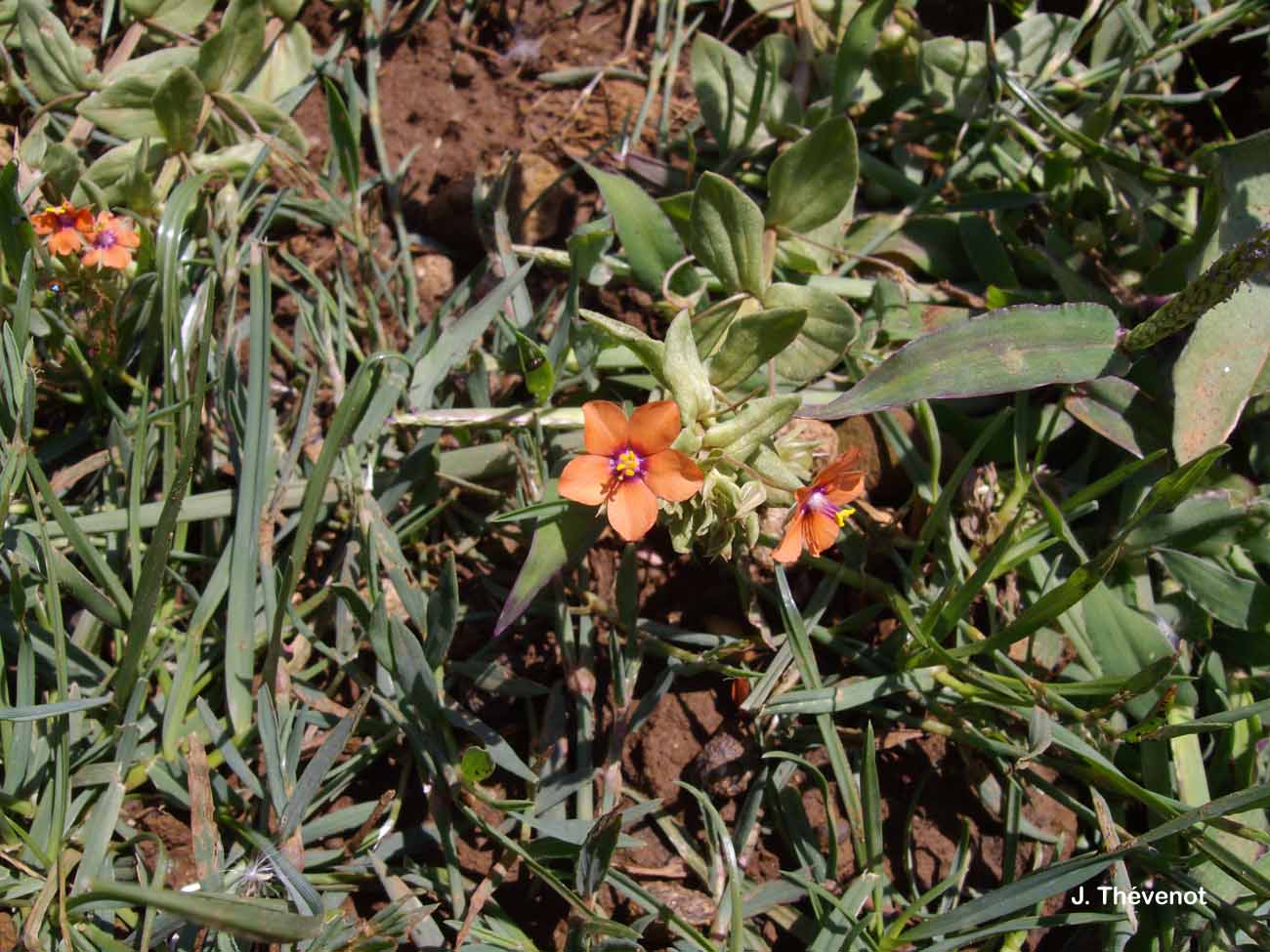
| Author : J. Thévenot |
 |
To get the picture, please visit:
Jessica THEVENOT
Muséum national d'Histoire naturelle - Service du Patrimoine Naturel
36 rue Geoffroy Saint-Hilaire
CP 41
75 231 PARIS CEDEX 05
e-mail : jessicathevenot@gmail.com
Legend: Vendée - Port de la Guittière
Despite the Creative Commons license, please inform the author of the use which will be made of his photo
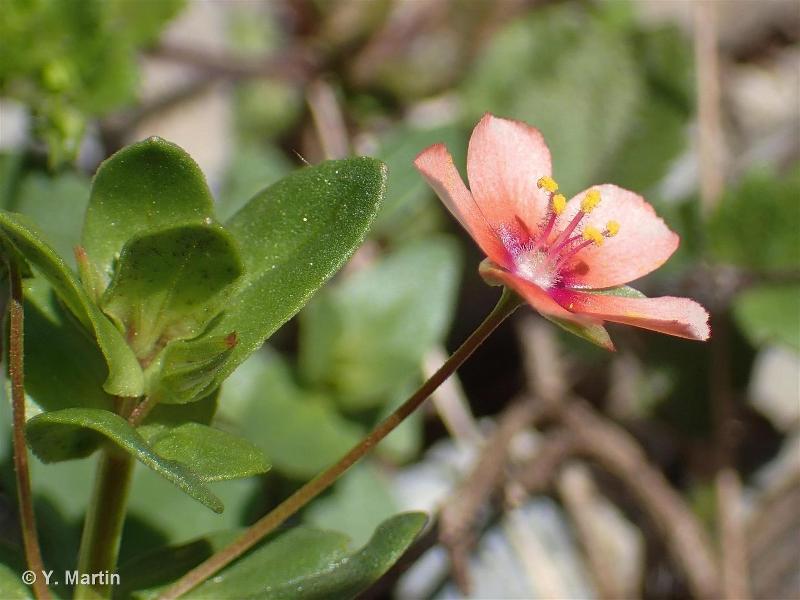
 |
To get the picture, please visit:
Yoan MARTIN
email : martin.yoan95@gmail.com
Despite the Creative Commons license, please inform the author of the use which will be made of his photo
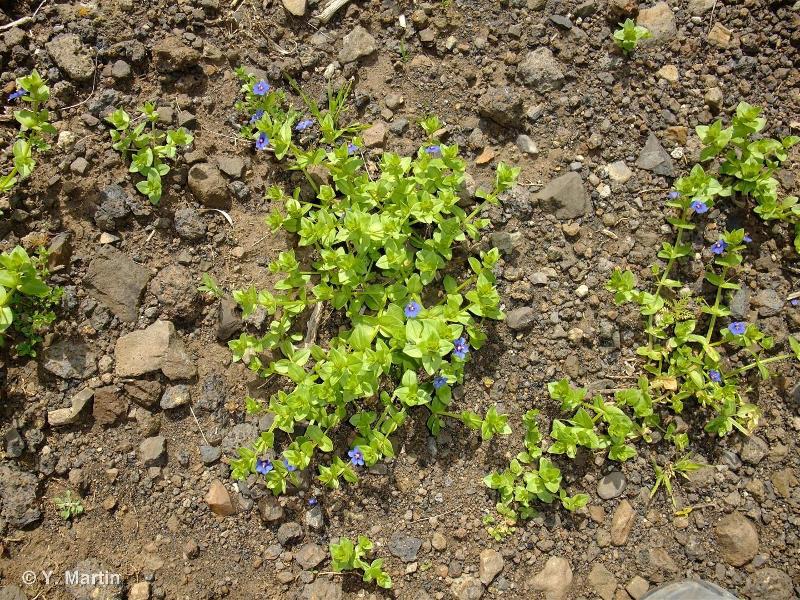
 |
To get the picture, please visit:
Yoan MARTIN
email : martin.yoan95@gmail.com
Despite the Creative Commons license, please inform the author of the use which will be made of his photo
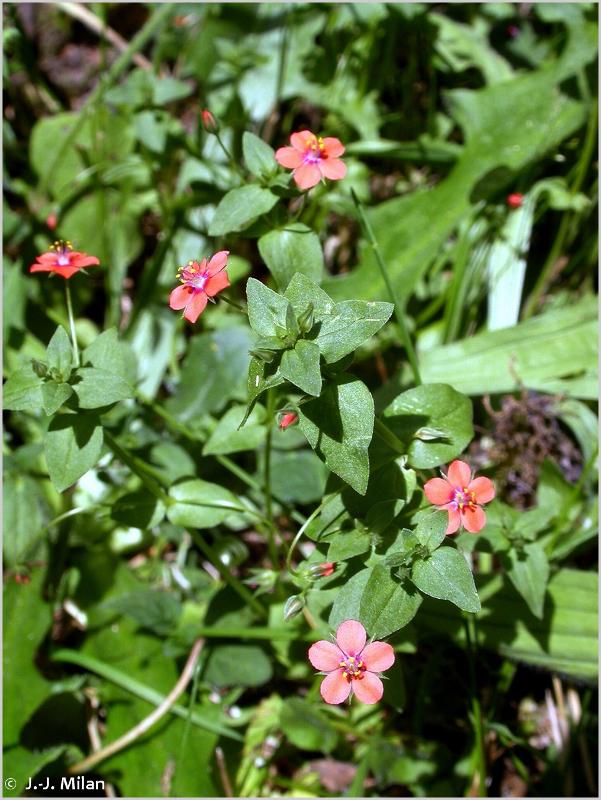
 |
To get the picture, please visit:
Jean-Jacques Milan
http://jjmphoto.fr/#Galeries.B
Société linnéenne de Bordeaux
email : jean.jacques.milan@wanadoo.fr
Despite the Creative Commons license, please inform the author of the use which will be made of his photo
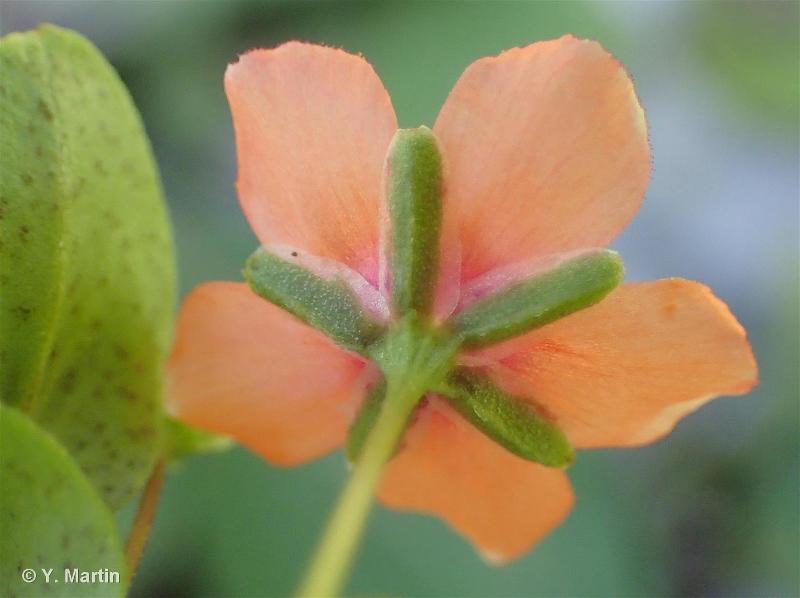
 |
To get the picture, please visit:
Yoan MARTIN
email : martin.yoan95@gmail.com
Despite the Creative Commons license, please inform the author of the use which will be made of his photo
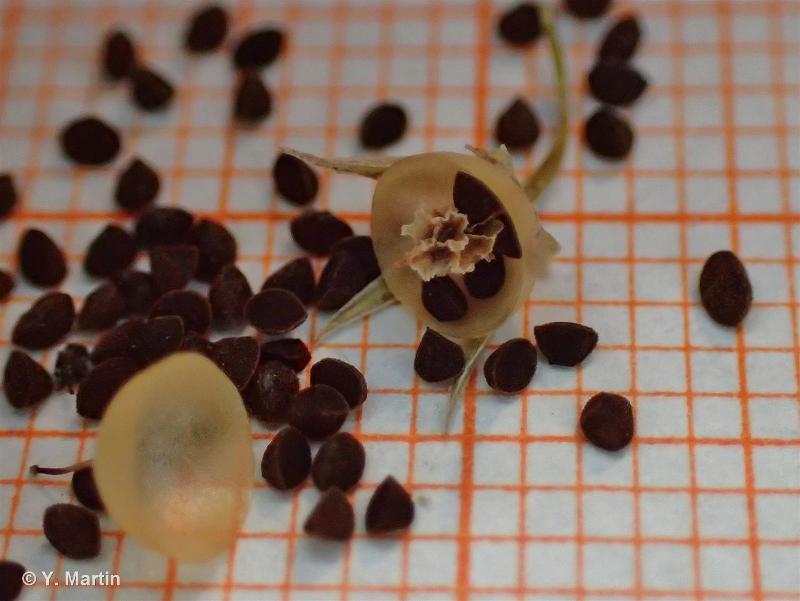
 |
To get the picture, please visit:
Yoan MARTIN
email : martin.yoan95@gmail.com
Despite the Creative Commons license, please inform the author of the use which will be made of his photo
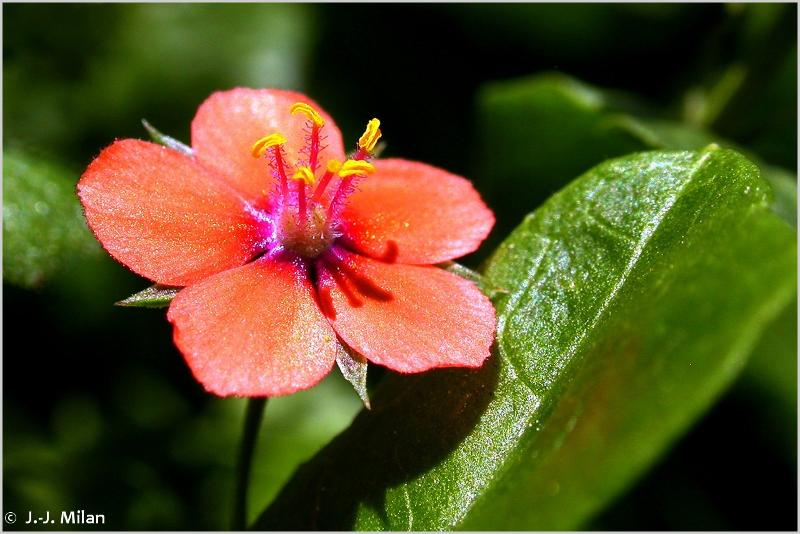
 |
To get the picture, please visit:
Jean-Jacques Milan
http://jjmphoto.fr/#Galeries.B
Société linnéenne de Bordeaux
email : jean.jacques.milan@wanadoo.fr
Despite the Creative Commons license, please inform the author of the use which will be made of his photo
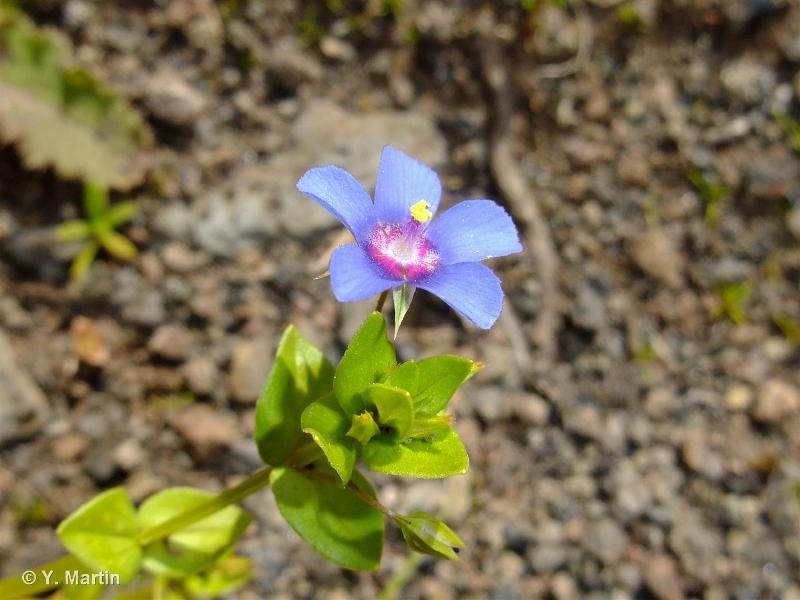
 |
To get the picture, please visit:
Yoan MARTIN
email : martin.yoan95@gmail.com
Despite the Creative Commons license, please inform the author of the use which will be made of his photo

 |
To get the picture, please visit:
Yoan MARTIN
email : martin.yoan95@gmail.com
Despite the Creative Commons license, please inform the author of the use which will be made of his photo
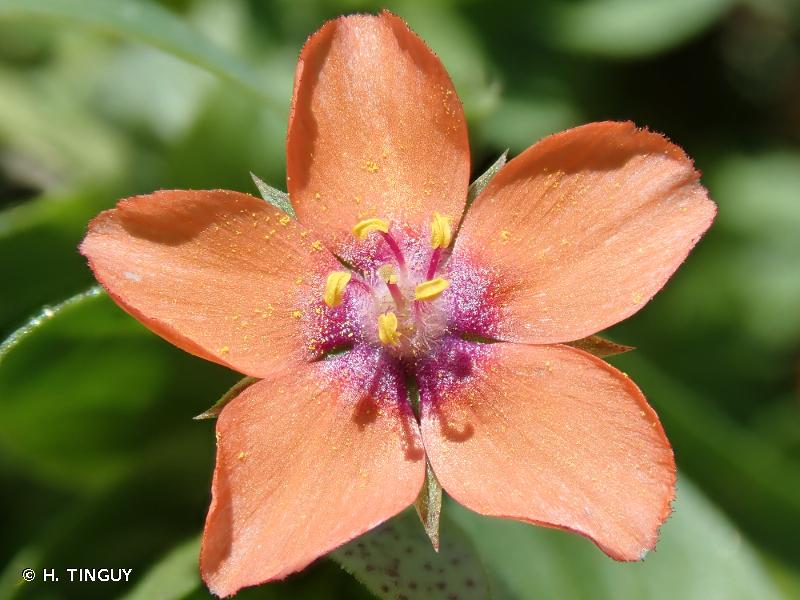
| Author : H. TINGUY |
 |
To get the picture, please visit:
Hugues Tinguy
email : inpn@mnhn.fr
Despite the Creative Commons license, please inform the author of the use which will be made of his photo
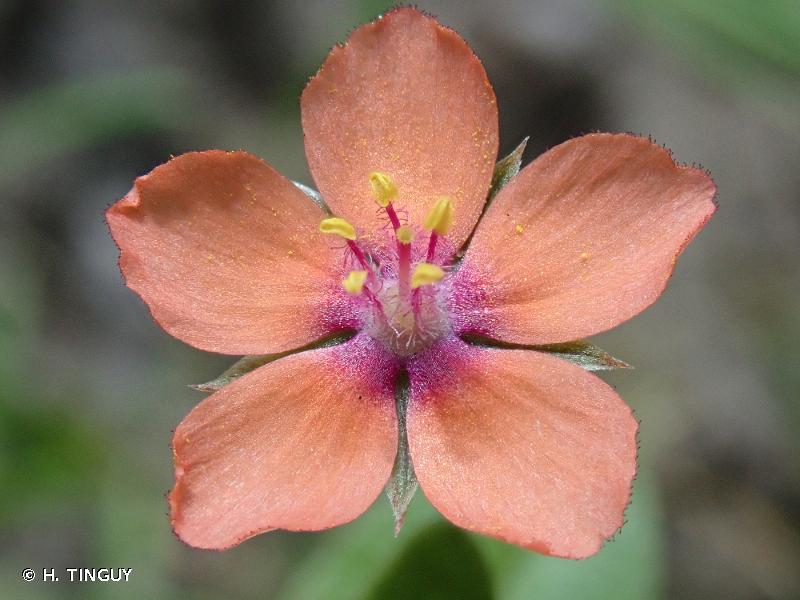
| Author : H. TINGUY |
 |
To get the picture, please visit:
Hugues Tinguy
email : inpn@mnhn.fr
Despite the Creative Commons license, please inform the author of the use which will be made of his photo
Diagnose :
Le Mouron rouge est une espèce de la famille des Primulacées, herbacée, annuelle, rampante, à tiges souvent très ramifiées. Ses feuilles sont opposées, sessiles, vert franc, ovales à elliptiques. Les fleurs sont disposées en grappes. Elles possèdent un calice à cinq sépales étroits et pointus, cinq pétales rouges (parfois bleus) soudés à leurs bases et cinq étamines. La floraison s'étale du milieu du printemps aux premières gelées. Les fruits sont des capsules dont l'ouverture s'effectue par un décalottage de la partie supérieure (des pyxides).
Détermination :
Le Mouron très facile à déterminer, cependant certains individus ayant des pétales de couleur bleue peuvent se rapporter en réalité au Mouron bleu (Lysimachia foemina (Mill.) U.Manns & Anderb., 2009), très proche, et souvent confondu avec les formes à fleurs bleues du Mouron rouge. Le Mouron bleu (Lysimachia foemina (Mill.) U.Manns & Anderb., 2009) se distingue du Mouron rouge par la couleur bleue de ses pétales et la présence de moins de trente fins poils glanduleux sur la marge des pétales.
Biogéographique et écologie :
En France métropolitaine, cette espèce est commune dans toutes les régions. Son habitat privilégié correspond aux terres nues des cultures et les sols découverts, souvent sablonneux ou à gravillons.
D'après : Coste, H. 1900-1906. Flore descriptive et illustrée de la France, de la Corse et des contrées limitrophes. Paul-Klincksieck, Paris. Réédité en trois tomes en 1998. Librairie scientifique et technique Albert Blanchard, Paris.
O. Escuder(UMS 2006 Patrimoine Naturel (AFB / CNRS / MNHN)),2016
Continental
Metropolitan France
Overseas
Marine
Metropolitan France
Overseas
The map presents a summary at the 10 x 10 km grid of the observation data for the species transmitted to the SINP. These data have been subjected to validation filters.
The map presents a reference distribution layer of the species at the scale of departments and marine sectors. The presence and absence data were established by expertise within a network of partners. This reference distribution is used in the validation process of the SINP data at the INPN level.
Corresponds to a report on the basis of at least one observation proved within a period of 10 years (20 years for little-known invertebrates) preceding the year and no presumption of extinction since obtaining the last data nor doubt on reproductive and implemented nature of this population. For migratory species, the presence indicated concerns areas of reproduction.
This status is based on one or more of the following criteria:
This point covers the absence, more difficult by nature to demonstrate than presence. This status is based on one or more of the following criteria:
This status must be assigned to a department in which the presence of the species is casual.
Particular case of absence due to a proven extinction less than a half century ago (older disappearances are treated as "no probable or definite").
In the state of knowledge, we can not comment on the presence or absence in the current department. This is the default status when not comprised in one of the previous categories or whenever there is doubt.
The map shows the global distribution of the species based on GBIF data (Global Biodiversity Information Facility).
